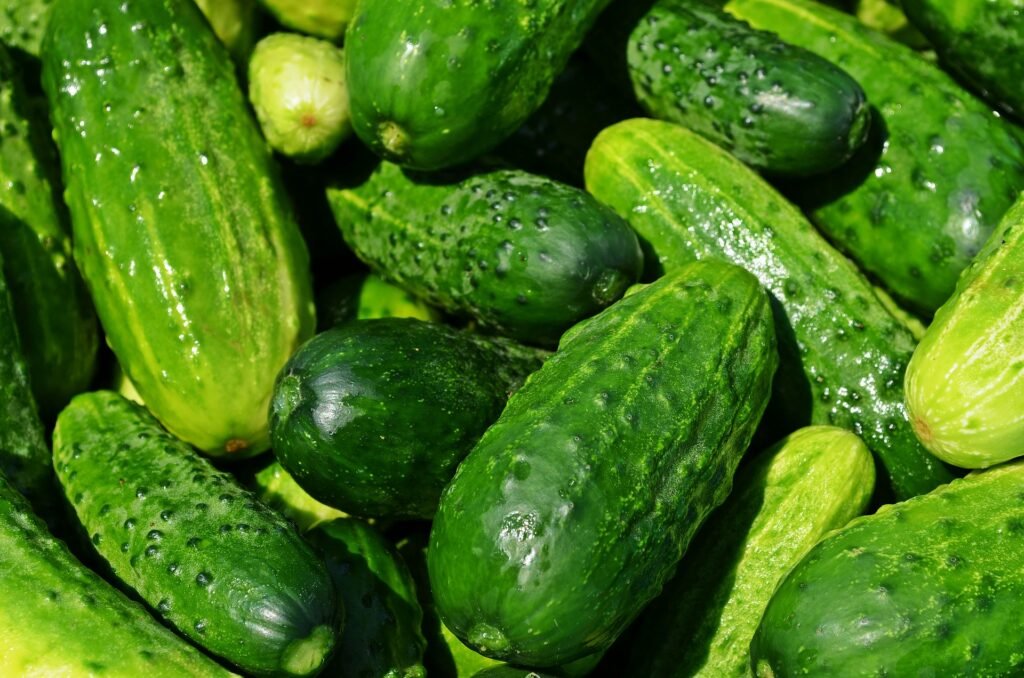
introduction the Joy of Growing Parsnip
parsnip Have you ever tasted the sweet, nutty flavor of a homegrown parsnip? If you haven’t, you are in for a treat! Growing parsnip from seed is a satisfying experience that yields a bountiful crop of these delicious root veggies. Whether seasoned in gardening or just starting, this companion will walk you through growing parsnip from seed step by step.
Parsnip are a cool-season crop, related to carrots & parsley. They’ve long, tapering roots and can repel cold temps. They taste indeed sweeter after frost! Let’s dive into the world of parsnip civilization and learn how to grow these succulent veggies in your theater.
Choosing the Right Time and Place for Planting
When to Plant Parsnip Seeds
Good timing is pivotal when planting parsnip from seed. They prefer cool rainfall and have a long growing season, about 100- 120 days. Then are some tips for timing your planting
Factory seeds are produced in early spring as soon as the soil is workable.
In utmost places, that’s 2- 3 weeks before the last anticipated frost.
For fall crops, factory in late spring or early summer.
opting for the Ideal Location
Parsnip love full sun but can tolerate some shade. Keep these factors in mind when choosing a spot.
Aim for six hours or more of direct sunlight each day.
Pick a position with well-draining soil to help root spoilage.
Steer clear of areas where water pools after rain.
Preparing the Soil for Parsnip Seeds
Soil Conditions
Parsnip thrive in loose, rich soil that is free from jewels and debris. Then is how to prepare your soil.
1. Remove jewels, sticks, or large clumps from the planting area.
2. Loosen the soil to at least 12 elevations deep using a theater chopstick or cultivator.
3. Add plenitude of organic matter like well-rotted compost or aged ordure.
4. ensure soil pH is between 6.0 and 7.0 for stylish growth.
perfecting Soil Structure
Got heavy complexion or flaxen soil? No worries; you can ameliorate it
For complexion Add organic matter and consider raised beds for better drainage.
For flaxen Mix in the plenitude of compost to retain humidity & nutrients.
Sowing Parsnip Seeds Ways for Success
Choosing Quality Seeds parsnip
Start with high-quality seeds for stylish germination rates. Parsnip seeds don’t last long, so use seeds lower than a time old.
Planting Method
Now that your soil is ready, it’s time to sow seeds. Follow this way
1. produce shallow furrows about 1/2 inch deep & 12- 18 elevation piecemeal.
2. Sow seeds thinly along the furrows, and distance them about 1 inch piecemeal.
3. Cover seeds smoothly with soil and water gently.
4. Keep the soil constantly wettish until seedlings sow.
Pro tip Parsnip seeds can take their sweet time to germinate — frequently 2- 3 weeks! Be patient & keep the soil wettish during this period.
Thinning Seedlings
Once seedlings reach around 2 elevations altitudinous, it’s thinning time.
Remove weaker seedlings precisely, leaving only strong shops.
Space remaining shops about 3- 4 elevation piecemeal for optimal growth.
minding for Your Growing Parsnips
Watering Conditions
Harmonious humidity is crucial for healthy parsnips.
Water deeply & regularly, especially during dry spells.
Aim for approximately one inch of water from irrigation or rain each week.
Avoid overwatering; it can lead to root spoilage.
Fertilizing Your Parsnip the best ways
They are not heavy affluent but do need some nutrients.
Use balanced, slow-release toxins when planting.
Side-dress with compost or light toxin interior through the growing season.
Skip high-nitrogen diseases; they beget diverged/ hairy roots.
Mulching Humidity and Weed Control
Mulching helps conserve humidity & suppress weeds.
Subcaste 2- 3 elevations of organic mulch around shops( like straw/ leaves/ lawn).
Keep mulch down from stems to help spoilage.
Managing Pests and conditions
Common Pests
Parsnip are generally pest-resistant but can face challenges.
Carrot rust canvases lay eggs near roots; naiads feed on them.
Celery flies cause blistering on leaves.
Slugs & draggers damage youthful seedlings.
To manage pests Use row covers, practice crop gyration & maintain good theater hygiene.
precluding conditions
Wet conditions can bring conditions.
Canker Don’t factory parsnips in the same position every time.
Leaf spot Remove affected leaves; ensure good air inflow.
Root rot Ameliorate drainage & avoid overwatering.
Harvesting Your Homegrown Parsnips
When to Parsnip Harvest and ways
Timing is crucial for stylish flavor Ready about 3- 4 months after planting. Leaves unheroic/ bones back when roots develop. For a sweeter taste, stay till after the first frost to crop.
Harvesting ways
Follow this way
1. Use a theater chopstick to loosen the dirt around the roots.
2. Carefully lift the parsnips, being cautious around potentially hazardous roots.
3. Remove coverings, leaving a stem of about one inch.
4. Come across extraneous soil; if storing it, do not wash it.
Storing and Using Your Parsnip
Storage styles
A proper storehouse helps them last longer.
Leave them in the ground; crop as demanded through downtime.
In the fridge gutted parsnips in plastic bags for up to 2 weeks.
In root basement Unwashed parsnip on a damp beach for several months.
Delicious Ways to Enjoy Your Harvest
Then are some tasty ideas.
Rally with other root veggies for various side dishes.
Puree cooked parsnip into delicate haze.
Add grated raw parsnips to salads for brickle flavor.
Use them in baking; they add natural agreeableness!
Conclusion
Accepting the Parsnip- Growing trip
Growing parsnips from seed takes tolerance & care but is completely satisfying! Follow this way & you will enjoy succulent homegrown parsnips soon enough.
Flashback — gardening is about learning and experimenting each season brings new perceptivity! Don’t get discouraged if it isn’t perfect the first time around; keep enriching your ways.
So snare those parsnip seeds & fix your theater bed! You will soon savor the sweet earthy flavor of homegrown parsnips!



